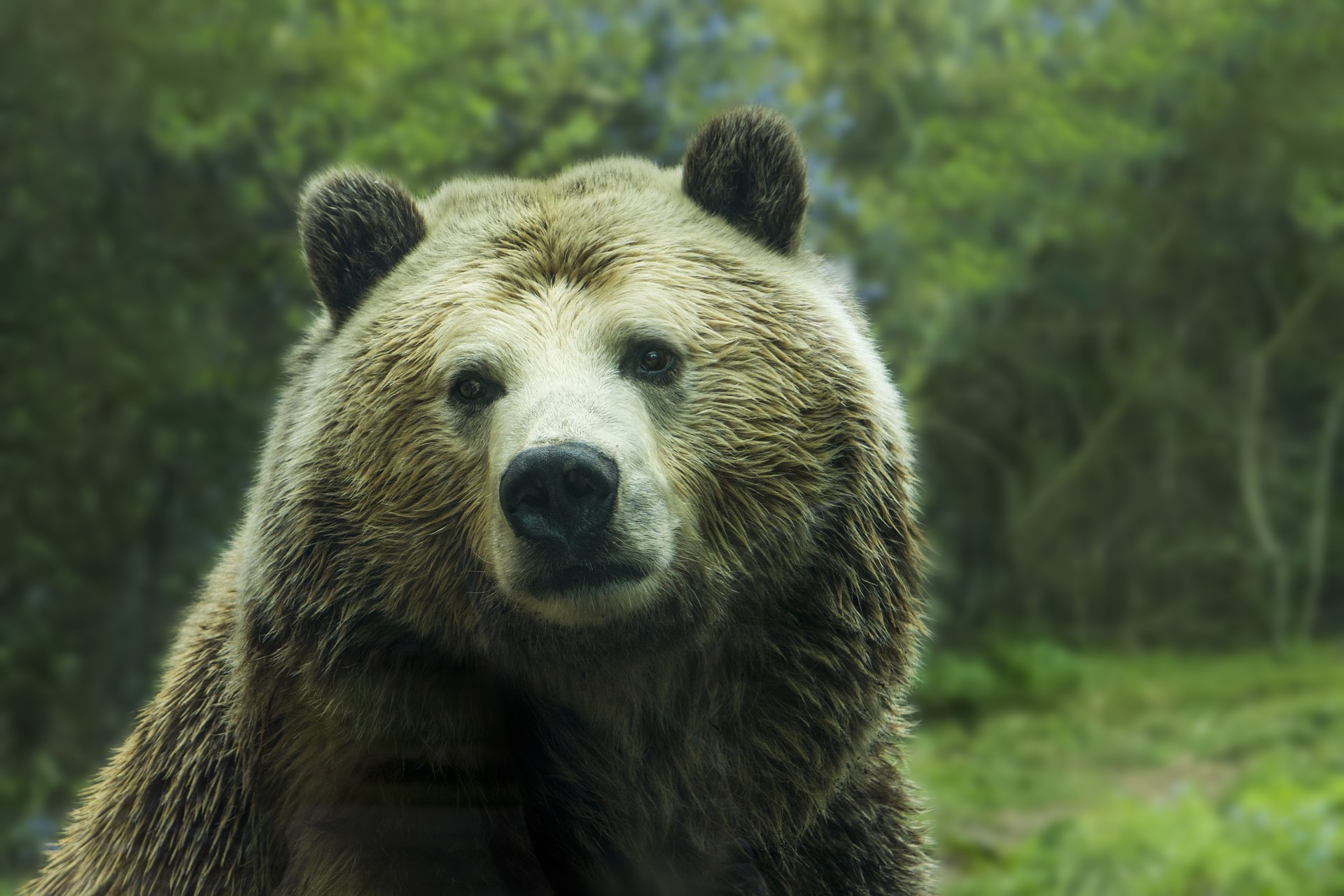 Evolution & Behaviour
Evolution & Behaviour
Beware of humans and glacial maximums – the story of cave bear extinction
We found indications that humans may have had a major impact on the extinction of cave bears in Europe during the last ice age. In our study, we found a drastic decline of cave bear populations starting around 40,000 years ago based on 59 newly reconstructed mitochondrial genomes of cave bears from the Late Pleistocene.

The cave bear is one of the dozens of species of large Pleistocene mammals that faced extinction during the last Ice Age. Until today, the reasons for their extinctions remain mysterious, especially since the cave bear Ursus spelaeus populated vast areas of Eurasia for more than 200,000 years. With an average weight of up to 600 kilograms, a shoulder height of 1.7, and a length of up to 3.5 meters, they surpassed all modern bear species in size. However, despite their fearsome stature, the bears were pure vegetarians, according to dietary isotopic studies.
To answer if climate change or the spread of modern humans caused their disappearance, our international team of paleogeneticists, archaeozoologists, and palaeontologists investigated the phylogeography and demography of the cave bear across Europe during the last 50,000 years.
We sampled 78 cave bear bones from 14 archaeological sites, in detail from Switzerland, Poland, France, Spain, Germany, Italy, and Serbia. In total, we reconstructed 59 cave bear mitochondrial genomes and compared these genomes to 64 previously published mitochondrial genomes to find out more about the different cave bear populations that lived in Europe during the Late Pleistocene. We wanted to trace potential migrations of these populations as well as study their genetic diversity present at different periods.
We detected five major mitochondrial DNA lineages, of which two were newly defined with the novel mitochondrial genomes from this study, suggesting a larger diversity than previously assumed. We characterized these new lineages of the eastern cave bear Ursus ingressus by specimens originating in south-eastern Europe - mainly Serbia, but also western Europe - namely France. So far, it was assumed that Ursus ingressus did not cross the Rhine River and only expanded to western Europe roughly 30,000 years ago. The presence of these bears in eastern France already more than 10,000 years earlier demonstrates that their migration in Europe was more entangled than a simple westward expansion from their eastern habitats. Furthermore, we estimated that the lineages originated from a common ancestor, which was widespread in Europe approximately 451,000 years ago, underlining the new, more complex cave bear distribution.
To explore this, we modeled the cave bear population size across time based on the newly reconstructed mitochondrial genomes as well as published ones. According to these models, the cave bear populations faced a dramatic decline around 40,000 years ago after a long relatively stable period, which also included two cold periods. The time setting of this decline coincides with the arrival of anatomically modern humans in Europe, while the maximum of the last ice age started around 10,000 years later. Therefore, humans may have played a key role in the cave bear extinction via other factors such as hunting. During the Maximum of the last ice age, likely only small residual populations of cave bears survived in isolated refuges, as suggested by the low genetic diversity at this time. Probably factors like the lack of connectivity between sub-populations, the fragmentation of their habitat, and the impact of humans entering the scene may have all contributed to the final extinction of cave bears around 23,000 years ago.
Although human impact and climate change likely had synergistic effects on the cave bear population, the results of the study suggest modern humans had a major role in the extinction of cave bears. However, to better understand the process of their population decline and the movements and relationships of different cave bear groups, nuclear DNA studies are needed to provide more insightful information about the origin and demise of the European cave bear.
Original Article:
Gretzinger J, Molak M, Reiter E et al. Large-scale mitogenomic analysis of the phylogeography of the Late Pleistocene cave bear. Sci Rep. 2019;9(1).Next read: Overfishing endangers oceanic sharks and rays by Holly K. Kindsvater , Nathan Pacoureau , Nicholas K. Dulvy
Edited by:
Massimo Caine , Founder and Director
We thought you might like
Are burrowing snakes digging their own evolutionary grave?
Oct 26, 2018 in Evolution & Behaviour | 3.5 min read by Vivek Philip CyriacOil palms and primates can hardly co-exist in Africa
Dec 19, 2018 in Earth & Space | 4 min read by Giovanni Strona , Zoltan Szantoi , Ghislain VieilledentHigh extinction risk for wild coffee species and implications for coffee sector sustainability
Jul 5, 2019 in Plant Biology | 4 min read by Aaron P. DavisGlobal warming blamed for Earth’s largest mass extinction
Oct 28, 2019 in Earth & Space | 3.5 min read by Justin PennMore from Evolution & Behaviour
Cicada emergence alters forest food webs
Jan 31, 2025 in Evolution & Behaviour | 3.5 min read by Martha Weiss , John LillSize does not matter: direct estimations of mutation rates in baleen whales
Jan 29, 2025 in Evolution & Behaviour | 4 min read by Marcos Suárez-MenéndezThe Claws and the Spear: New Evidence of Neanderthal-Cave Lion Interactions
Jan 22, 2025 in Evolution & Behaviour | 3.5 min read by Gabriele RussoA deep-sea spa: the key to the pearl octopus’ success
Jan 20, 2025 in Evolution & Behaviour | 3.5 min read by Jim BarryFeisty fish and birds with attitude: Why does evolution not lead to identical individuals?
Aug 31, 2024 in Evolution & Behaviour | 3 min read by Lukas Eigentler , Klaus Reinhold , David KikuchiEditor's picks
Trending now
Popular topics


